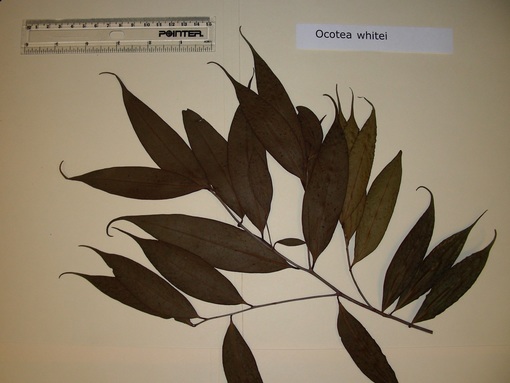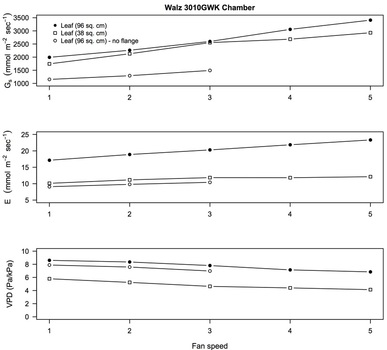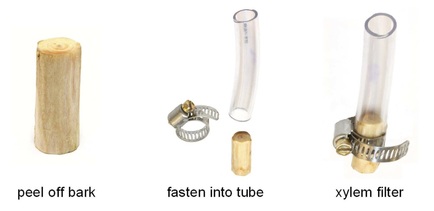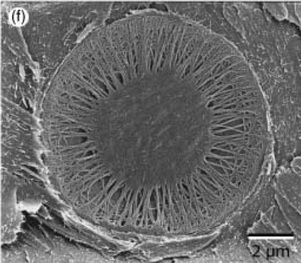The problem with this idea is that no one can really find any evidence that it works.
We demonstrate that drip tips do not vary with rainfall, but rather with temperature. The warmer the forest, the higher the proportion of species with drip tips. In fact, we also demonstrate that leaf water repellency, a trait that describes the hydrophobicity of the leaf surface, also does not vary with rainfall. The most hydrophobic leaves appear to occur in cold and dry environments, rather than warm wet environments where it would be beneficial to be hydrophobic.
What does all this mean? One possibility is that wet environments simply do not impair plant function as much as we might imagine. A second possibility is that we are measuring the wrong traits.
As far as drip tips are concerned, the best evidence I can find suggests that they may simply be a function of leaf development - the formation of a long central vein followed by expansion of the remainder of the leaf.
Maybe it's time to stop calling them drip tips...
Goldsmith, G.R., L.P. Bentley, A. Shenkin, N. Salinas-Revilla, B. Blonder, R.E. Martin, R. Castro-Ccossco, P. Chambi-Porroa, S. Diaz, B.J. Enquist, G.P. Asner, & Y. Malhi. In Press Variation in leaf wettability traits along a tropical montane elevation gradient. New Phytologist DOI: 10.1111/nph.14121




 RSS Feed
RSS Feed
